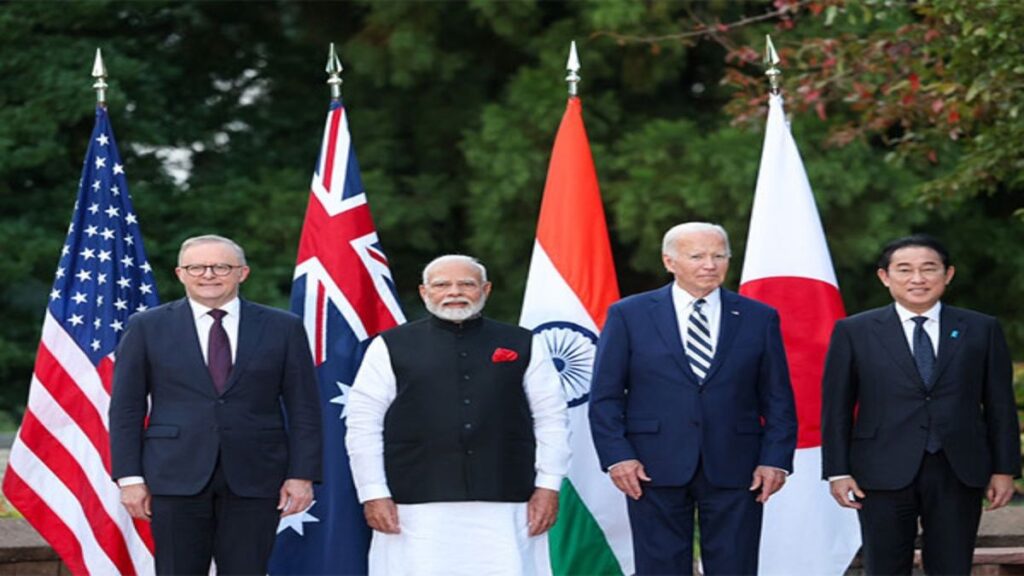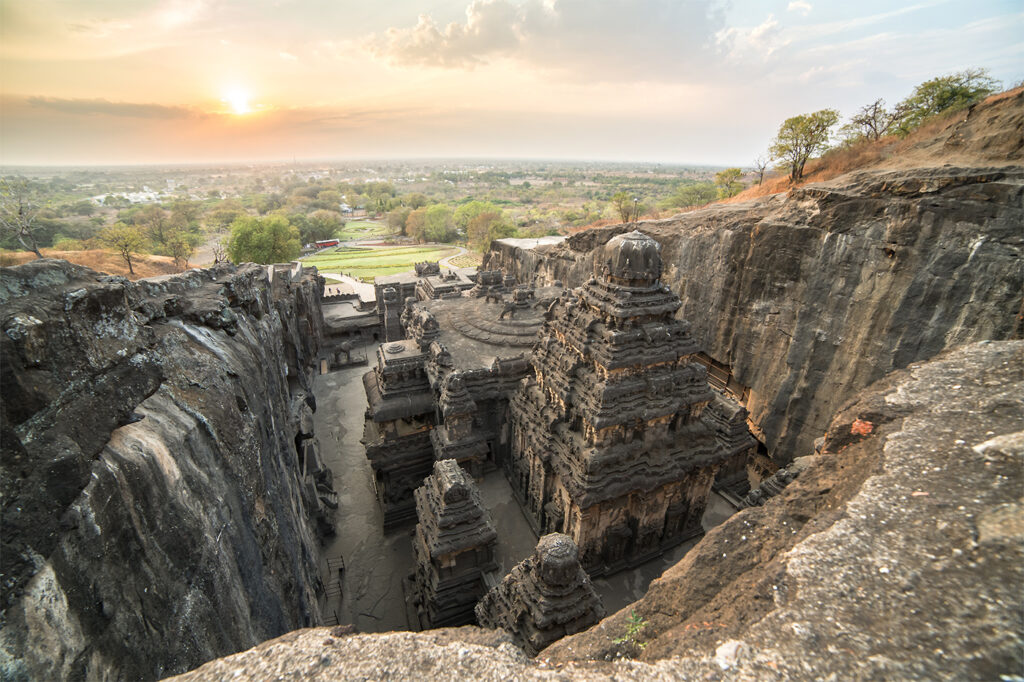
Trump 2.0 & Quad: Challenges for Indian Diplomacy
The Quad which consists of India, the US, Japan, and Australia, finds itself at crossroads in 2025. The core dilemma stems from its dual commitment to ensure regional security in the Indo-Pacific and deliver global public goods (GPG). With the aggressive rise of China, climate crisis, and rapid technological transformation, the Quad seeks to balance its strategic and welfare goals. Although, of late, the Quad has leaned more towards softer dimensions like health security, climate resilience, education, disaster relief, and infrastructure, the churning in the Indo-Pacific is increasingly pushing its mandate to take on an explicitly security-oriented avatar.
China’s regular incursions in the maritime domains of other nations and expansion of influence via infrastructure development demonstrate its growing assertiveness in the Indo-Pacific region. This has led to heightened security concerns. The Quad is unable to wash away this giant Dragon in the room and hence it has subtly expanded into defense measures such as maritime security frameworks, counter-coercion mechanisms, and military interoperability already. While the Quad’s credibility as a force for global good is intrinsic to its commitment to the GPGs, the new Trump administration with its focus on combating Beijing, may push the grouping towards attaining a robust military outlook. There are different priorities among the Quad nations too as groupings like the AUKUS have emerged in the Indo-Pacific. Vaccine distribution, transition to clean energy and digital public infrastructure have promoted regional inclusivity and trust, resulting in countering the narratives about Asian NATO or exclusivity. However, managing this duality has increasingly become difficult for the Quad with the imminent strategic threats emanating in the region.
Also Read: Modi holds head high in Cross-Atlantic diplomacy, but US trade details may hold surprises
The Trump 1.0 was the catalyst in revitalising the Quad. The terminology Asia-Pacific became Indo-Pacific for the US administration during the first tenure of President Trump. In 2017, the Quad was reinvigorated at the vice-ministerial level. It was a prominent step in countering China’s growing influence in the Indo-Pacific region. By 2019, the Quad was elevated to the ministerial level, reflecting the increasing importance attributed to the grouping. In 2020, amidst the COVID-19 lockdown, one of the few in-person diplomatic meetings held was a Quad meeting in Tokyo, demonstrating the member nations’ commitment to this partnership. “The Trump administration deserves a lot of the credit for the takeoff of the Quad in its second incarnation.”, said India’s External Affairs Minister S. Jaishankar recently.
President Donald Trump has stressed an anti-China approach during his 2024 Presidential campaign. Trump has argued for imposing a 10% tax on Chinese goods by 20th February 2025 to protect American businesses and fix the trade imbalance. Trump’s Cabinet has prominent China hawks like Marco Rubio, Jacob Helberg, and Mike Waltz. Washington will seek to leverage the Quad to confront China in the Indo-Pacific. Unless tied to the strategic goals of the US, Donald Trump’s trademark style of being transactional would see lesser value in promoting global public goods via the Quad. In all probability, shedding the benign GPG cloak, the Quad would be nudged in the direction of security.
Also Read: The great American guessing game: who runs the country, Trump or Musk?
Trump 2.0’s attention on security in the Quad may help India to protect its interests in the Indo-Pacific as it faces challenges from an aggressive China. Although tensions along the LAC have eased recently, China’s assertive stance in the region, like expanding its economic and military influence- still poses a long-term threat. A Trump-led Quad may prioritize military cooperation, maritime security, and decoupling on the economic front with China and this fits well with India’s long-term interest in countering China. Intelligence sharing, enhanced defensepartnerships, and joint military exercises could bolster India’s position in the region. Additionally, advanced technologies of the US and its allies could be leveraged to upgrade India’s defense system. India’s SAGAR initiative in the Indian Ocean Region (IOR) which aims for security and growth, could get a boost by working closely with the Trump administration.
However, India shouldmaneuver carefully to maintain its strategic autonomy. It should avoid being seen as part of a categorical anti-China front, which could upend its delicate geopolitical balancing act. Given Trump’s extension of olive branches to President Xi, the reversal of the TikTok ban, and Elon Musk’s business interests, India should not rule out the prospect of a G-2 deal. It might throw the entire edifice of the Indo-Pacific, including the Quad into disarray.
However, conventional wisdom suggests that such a détente is unlikely in the long run, as the exponential rise of China is not in the U.S.’s interest. The first major diplomatic event of Trump 2.0 was the Quad Foreign Ministers’ meeting on January 21. The joint statement issued by the Quad Foreign Ministers categorically highlighted their opposition to “any unilateral actions that seek to change the status quo by force or coercion.” It also resolved to “strengthen regional maritime, economic, and technological security in the face of increasing threats.”
The first bilateral meeting of the new Secretary of State, Rubio, was with Indian EAM Jaishankar, where both sides reiterated their resolve to cooperate toward a free and open Indo-Pacific region. These early signs indicate that the Quad is here to stay and as Jaishankar put it, is “keen to adding substance”.
Overall, New Delhi should strongly push towards tackling the China challenge head-on without abandoning its advocacy for global public goods. Ambiguity and spreading the grouping too thin would risk its irrelevance in the long run. The Quad should coherently articulate its focused goals. As India gets ready to hold the next summit in the latter half of 2025, Indian diplomacy can play a key role in achieving these goals under the new Trump administration.





Responses